2018-10-27
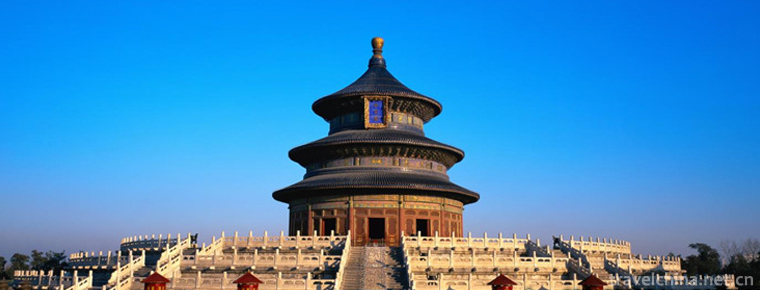
- By ChinaWiki.net
- Chinese Edition
- 2018-10-02
Tiantan, World Cultural Heritage, National Key Cultural Relics Protection Unit, National AAAAA Class Tourist Area, National Civilized Scenic Spot Demonstration Site.
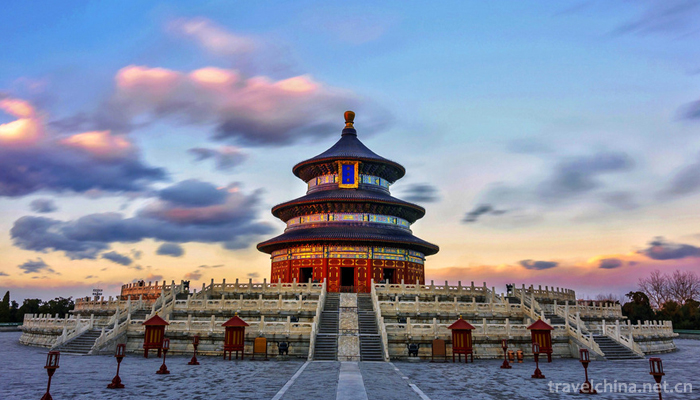
Tiantan is located in the southern part of Beijing City, east of Dongcheng District Yongding inner street. It covers an area of about 2 million 730 thousand square meters. Tiantan was built in the eighteen year of Ming Yongle (1420). For the Ming and Qing emperors of the two dynasties, they offered sacrifices to the heavenly kings and prayed for the best harvest. The Temple of Heaven is the general name of the two altars of the hill and the valley. It has two walls, forming an inner and outer altar. The wall of the altar is round in the South and north, symbolizing the place of heaven. The main building is in the inner altar, the hill altar in the South and the valley altar in the north. The two altars are on a north-south axis, separated by walls in the middle. The main buildings in the Mound Altar are the mound altar, the emperor's vault and so on. The main buildings in the Mound Altar are the Hall of Praying for the Year, the Hall of Emperor Qian and the door of Praying for the Year.
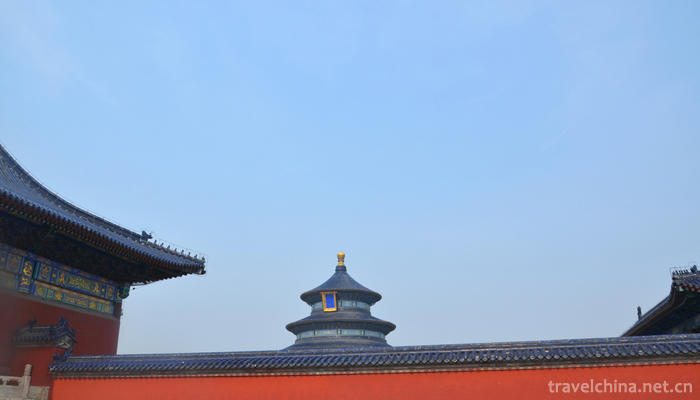
On July 12, 2018, the Tiantan park will add another 2.24 hectares of open area. in September 2018, the maximum daily carrying capacity of the park was lowered, and 58 thousand people were transferred to 50 thousand.
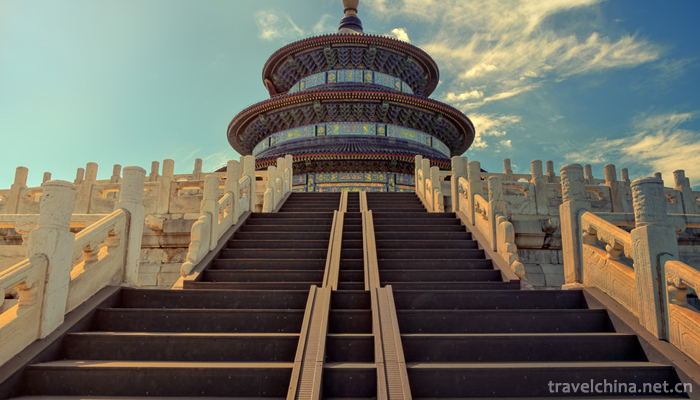
More pic

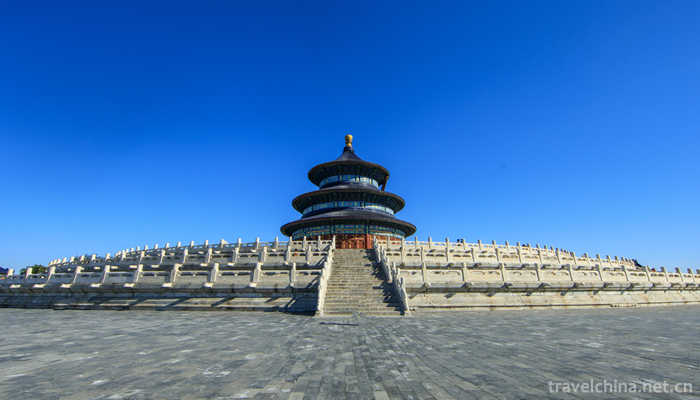
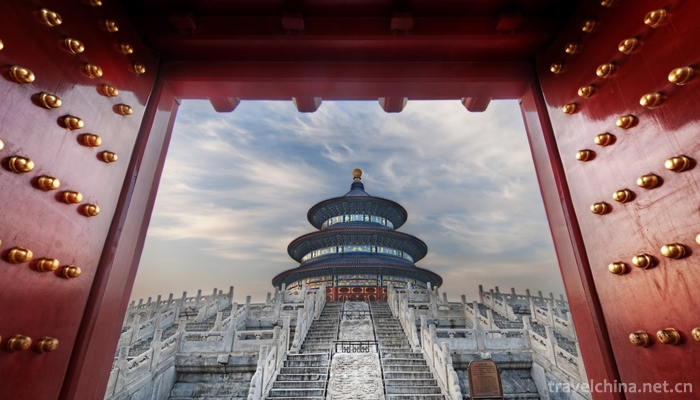
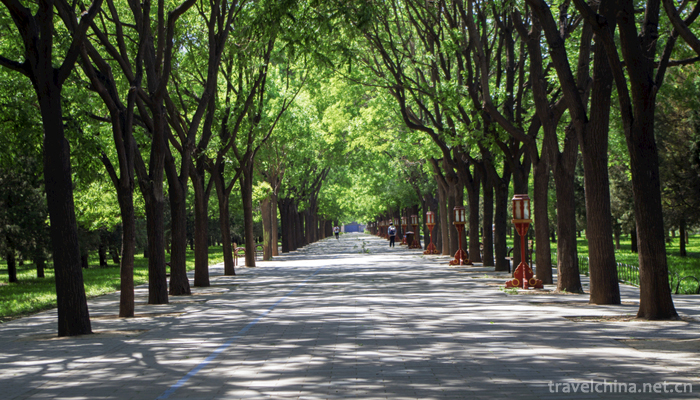
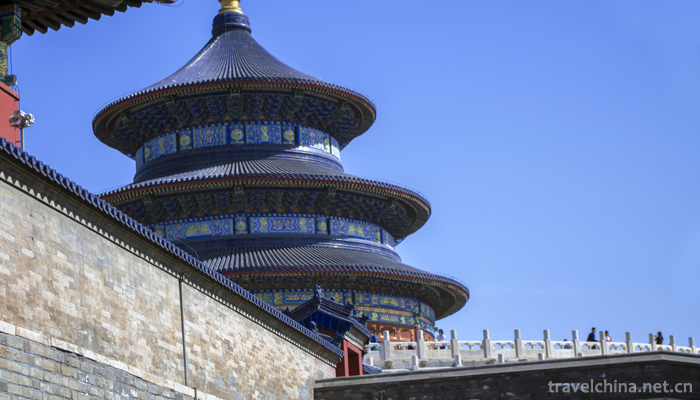
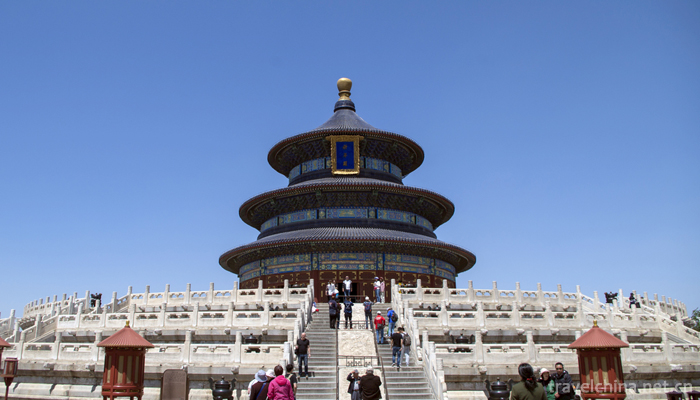
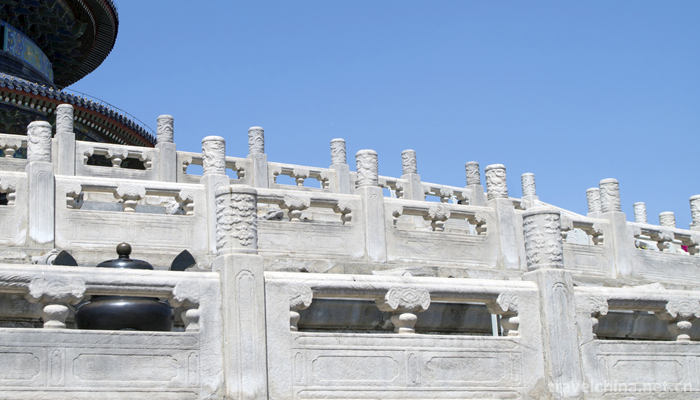
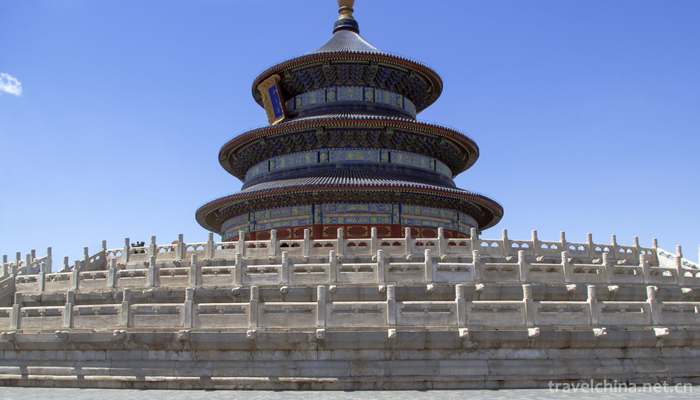
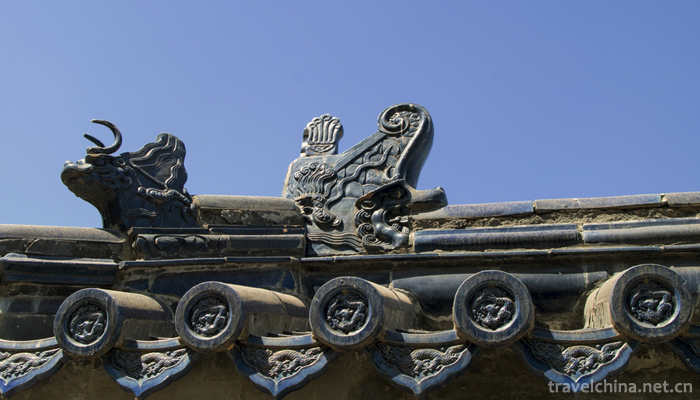
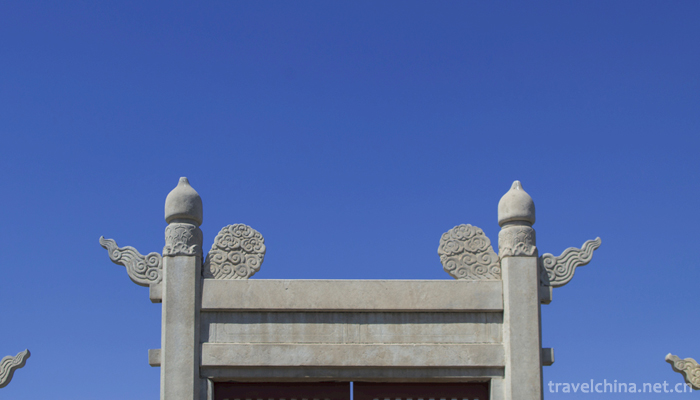
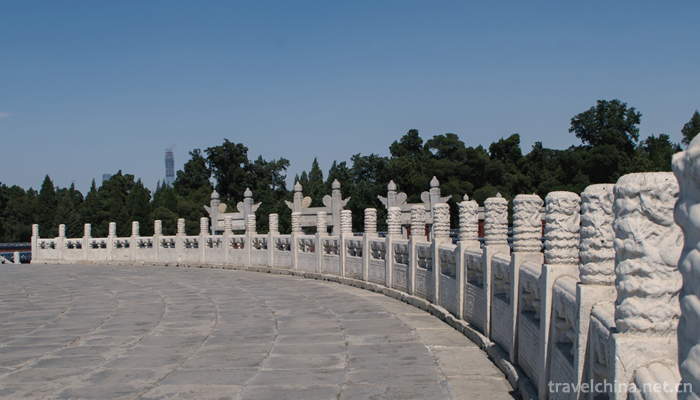
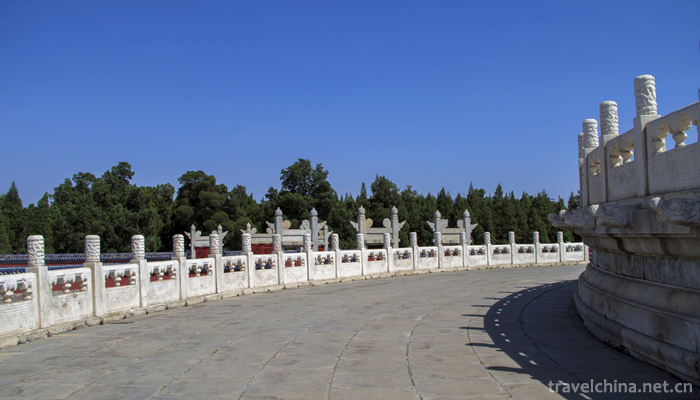
Ask a Question
Your email address will not be published.
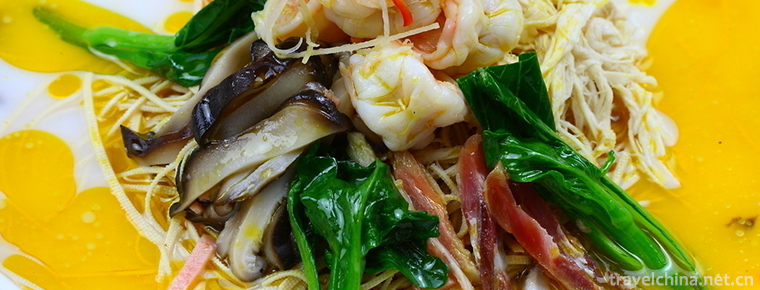
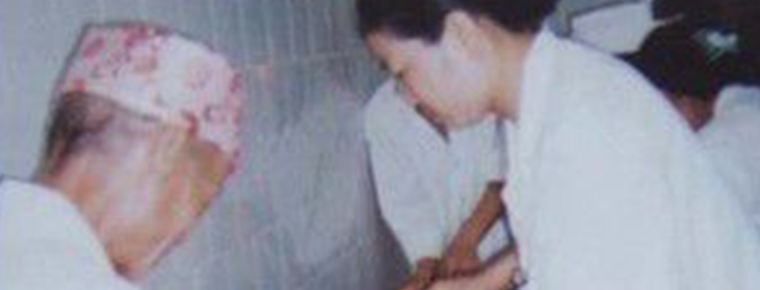
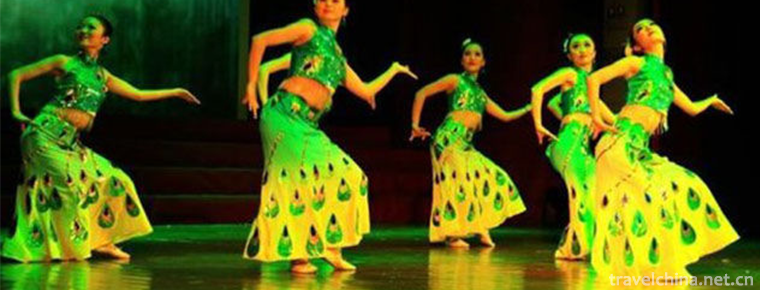
0 Questions